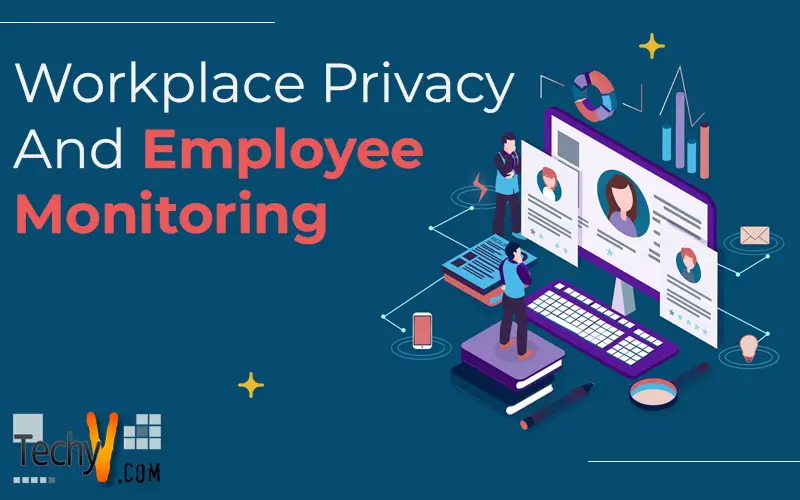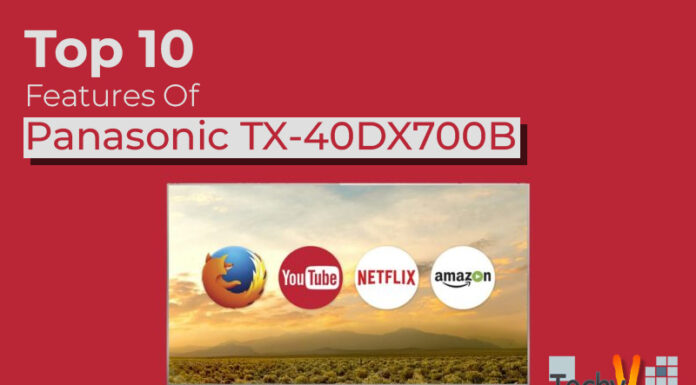Most employers are controlled by employees. Almost everything can be controlled to the office computer. This supervision is almost regular. For this reason, the company’s policy says the opposite (and this is not true), the employer can listen and see and read most of the contacts in his workplace. The courts often found that workers use the equipment of the entrepreneur, but the hope for privacy is limited.
The employer uses technology to provide personalized behavior based on “digital effects” generated in daily work situations. This technique allows collecting all these electronic records to evaluate the operation and behavior of business people.
It’s important to know that your employer’s commitment to work on privacy issues is not always mandatory. Policies can be communicated in different ways: manuals, memoranda and union contracts.
Some features of workplace privacy policy and employee monitoring
There are many activities targeted at law-abiding employees. Workers believe that doing so does nothing. However, thanks to this activity, there are specific locations around the world to promote employee efficiency.
The development of technology has been essential for employers to have easy access to what employees have. Since digital and electronic transactions are very frequent, companies can easily access the activities of their employees. You can see digital budgets and the like, to find out how an employee has worked day by day.
Workplace privacy policy is essential, the findings of this process and other elements can be used as proof of judicial proceedings and other judicial processes. In the case of special circumstances surrounding the resolution and forced rejection, more evidence must be presented. The company may be protected as regards these decisions if there is evidence of wrongdoing.

Privacy in the workplace
The right to privacy of a worker is increasingly controversial, especially for computers and by email in the business. Technology companies allow monitoring of all communications directly from the workplace with the help of computer technology.
Although employees believe that this control is a violation of their privacy laws, the law is generally accepted. Other work activities (for example, private interviews) and workplace-specific physical spaces (such as desk desks) receive more privacy protection, such as specific drug-related activities that allow abuse of exaggerated substances. Below is a discussion about the privacy rights of workers in the workplace.
Working privacy laws
First business and then privacy
For work and payment, when people work, they lose a large part of their daily privacy. Courts and legislation try to maintain a fast and modern workplace, and the expectations of workers in the field of work privacy are against the workforce needed to control the workforce.
You have more to dig
The principles of privacy should only be left to the rights of universal rights. Constitutional privacy protections involve intrusive governments, not in the workplace of private sector entrepreneurs.

You have the chance to work with secure Internet
The office staff was very fun. No inactivity for napping, online shopping, troll blocks, and NSFW eye browsing websites. What are the interests of employers? Not only pornography, the reduction of employee productivity, confidentiality risks, patent information, reputation, and commercial security, much more for beginners.
Know the truth about lies
Some employees are not telling the truth about Boy or Girl Scouts. To continue working honestly, you want to ask your employees to do false proofs of detectives. In fact, with few exceptions, the Law on Occupational Protection Policies (EPPA) prohibits employers from doing so.
The hours are out of bounds
We work for all kinds of entrepreneurs in the world. The workers do not have the service because they allow them to cut their hair in different ways. If your employees sign an anti-balloon release request, your concern might be. Other workers may have cigarettes burning or other dangerous activities, for example, foods that eat in motorcycles, sharks, or high-fat cholesterol containers.

















